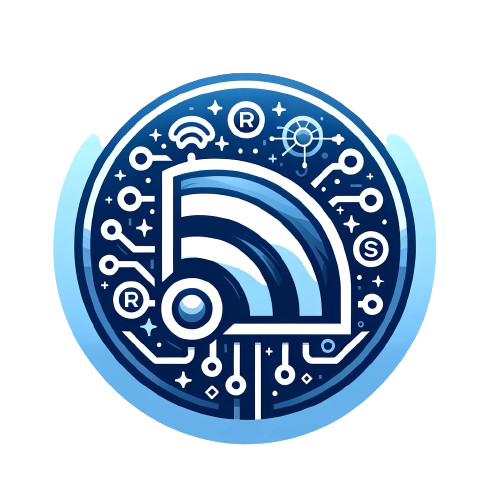Long, long ago, in the Dreamtimes, the Rainbow Serpent awakened from the depths of the earth. As he rose and uncoiled himself, valleys, mountains and canyons formed. As he slithered about his domain, lakes, rivers and creeks appeared in his wake, providing life-giving water to the new animals of the birthing earth. If you watch the sky after a cloudburst, you can see the Rainbow Serpent stretching himself from one waterhole to the next so that all his creatures may live. Such is the 6,000-year-old creation story of many Aboriginals in Australia.
For to the north and the east, the Iroquois Confederacy, known by the Cayuga word Haudenosaunee, who dwell in communities across Ontario, Quebec and New York State, believe that Sky Woman, the daughter of the Great Spirit, floated down from the upper spirit world and birthed twin brothers—one good and one evil. The Good Spirit is responsible for all that is bright and beautiful in the world and the hearts of its creatures. The Evil Spirit is the source of all that is ugly, dark, and poisonous in the world and resides with the Good Spirit in the heart. Hence, there is a constant battle within the soul between good and evil.
The Hopi, the Cree and the Zuni believe their ancestors to be Star People, beings from the heavens who descended and populated the world. The Hudson River Stockbridge-Munsee Mohicans believe we are descended from the stars themselves—each exploding star bringing forth life to all things—animate or inanimate: people, animals, plants and trees, rocks, rivers, lakes, oceans, clouds, and air.
There are over 5,000 distinct indigenous cultures worldwide, comprising nearly half a billion people across 90 different countries and accounting for 6.2 percent of the world’s population—a share of the planet’s faith almost equal to that of the Buddhists, who make up 6.6 percent.
With such a diverse tapestry of faiths, however—just as in the more populous religions—a key common denominator to indigenous faiths is a strong reverence for and recognition of the sacredness of all life, for all of nature. Unlike Christians, Hindus, Muslims, Jews and others, indigenous peoples have no Holy Writ as such. Their scripture is written on the rocks and rivers, the earth, sea and sky. Their collective memory reminds us of where we come from and what we are made of. The world of indigenous faith is a world of the spirit. All things possess a spirit; therefore, the only path to healing of a physical, emotional or mental nature is through the spirit.
The contributions of indigenous faiths, much like the indigenous communities themselves, are deeply rooted in the earth and the spiritual needs of its people. From wilderness lore to natural remedies, much of our knowledge and practices were first shared by Native Americans, Alaska Natives, and Native Hawaiians. Whether you’re going fishing, hunting, camping, or seeking an herbal cure, these insights were first discovered and passed down by these astute observers of nature.
Indigenous non-profits are crucial in various sectors, such as education, the Association for Indian American Affairs, and Native Forward. In the realm of culture and the arts, there is the Native American Rights Fund, American Indian College Fund, and First Nations Development Institute. For human rights, the National Indian Child Welfare Association stands strong.
Indigenous Americans served in the U.S. military at a higher per capita rate than any other ethnic group in the past century. In the military actions following September 11, 2001, Native men and women veterans served at a higher rate than veterans of all other ethnic groups, according to the Smithsonian National Museum of the American Indian.
Although comprising just 6.2 percent of the world’s people, the gifts of Indigenous religions have benefited the other 93.8 of us. With their focus squarely on the natural and spirit worlds and their interconnection, how could it be otherwise?
For more articles in this series, visit The Gifts of Islam, The Gifts of Scientology, or the Gifts of Christianity.
Photo credits: Flames of struggle by Edgar Kanaykõ Xakriaba, CC BY-SA 4.0.





